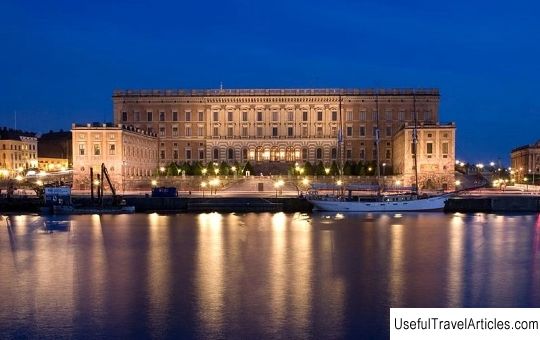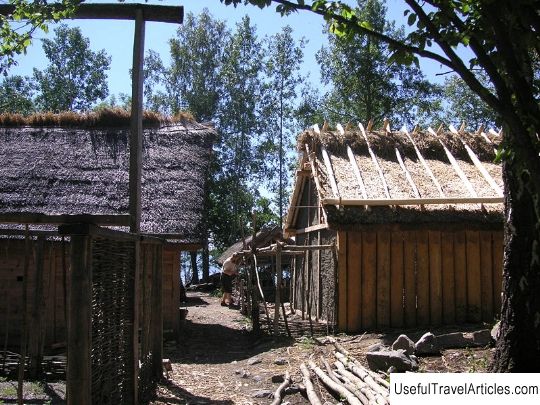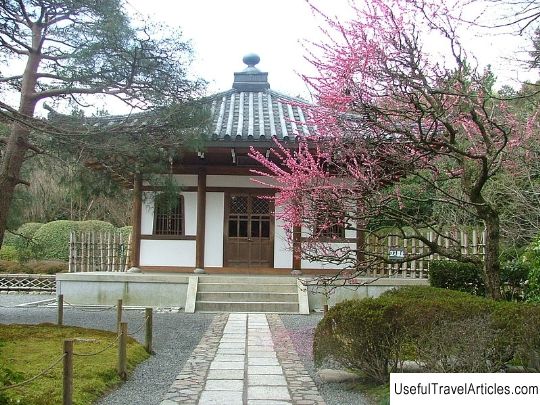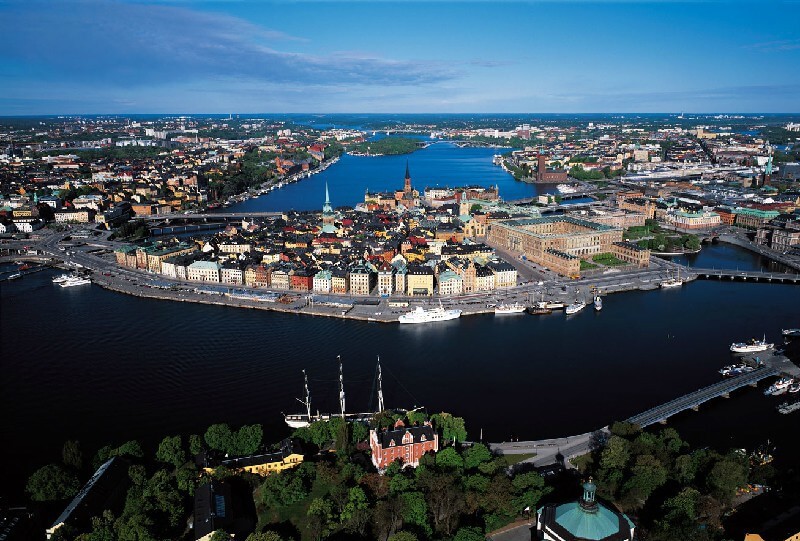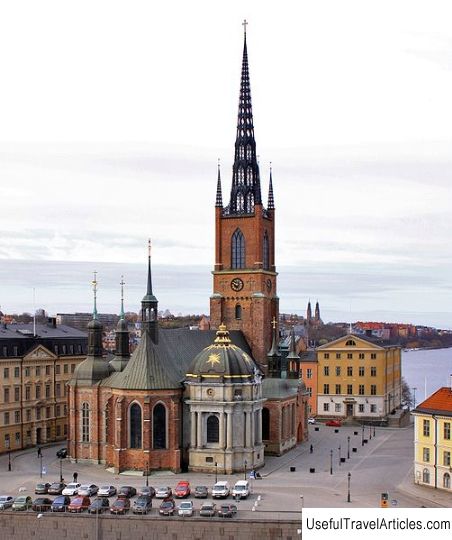Drottningholm Palace description and photos - Sweden: Stockholm
Rating: 8,7/10 (8765 votes) 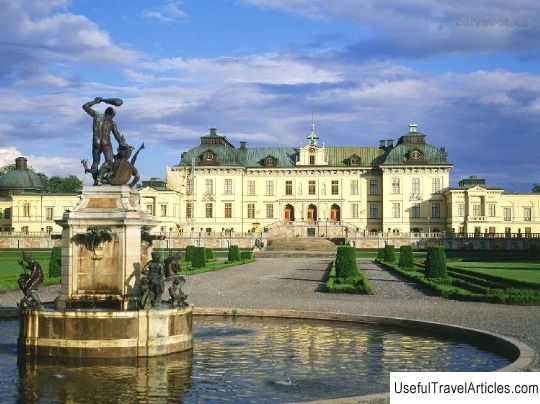
Drottningholm Palace description and photos - Sweden: Stockholm. Detailed information about the attraction. Description, photographs and a map showing the nearest significant objects. The name in English is Drottningholm Palace. Photo and descriptionThe Drottningholm palace complex, which translates as "Queen's Island", got its name not only due to its location on the Louvain island of Lake Malaren, but also due to its purpose - in the 16th century Johan III presented this small castle as a gift to his wife Katharina Jagiellonka. However, in the second half of the 17th century, the building was damaged during a severe fire, and was later reconstructed by order of its new owner, Hedwiga Eleanor. The new building was designed by Nicodemus Tessin (senior), and was completed after the death of his father by his son, Tessin (junior). A modest, but at the same time elegant building without massive fortress walls and towers more reminiscent of the French Versailles than the typical fortress castle characteristic of this part of Europe at that time. As a result of the Thirty Years War, Sweden has become a great and powerful European power, which made it possible for its monarchs to decorate royal residences with trophies they won. That is why in the parks and interiors of the palace you can find various Prague sculptures, Dutch bronze or Italian antique statues, as well as the Danish fountain "Hercules". In connection with the restoration work carried out in Drottningholm, Queen Hedwig Eleanor used it more as a place to store her art collection. Luvis Ulrika, who received the palace in 1744 as a wedding gift, left the most significant mark on the appearance of modern Drottningholm. It was she who brought elements of French Rococo to the interiors of the palace, and also opened an opera house on the territory of the complex. A unique feature of this court theater is the preserved Italian mechanisms, which were used in the 18th century to move decorations around the stage and create sound effects. The Chinese Pavilion is also one of the main attractions of Drottningholm. Built according to all the canons of the French Rococo, the building is replete with oriental motives. The Chinese pavilion became a storage place for exotic works of art that poured in at that time from the East, as well as a place of solitude and relaxation from the hustle and bustle of palace life. The 19th century for Drottningholm passed without any special changes, since most of the time the building was empty ... Only at the beginning of the 20th century, the palace complex was restored, and since 1981, Drottningholm again became the seat of Swedish monarchs.               We also recommend reading Borobudur Temple description and photos - Indonesia: Java Island Topic: Drottningholm Palace description and photos - Sweden: Stockholm. |
